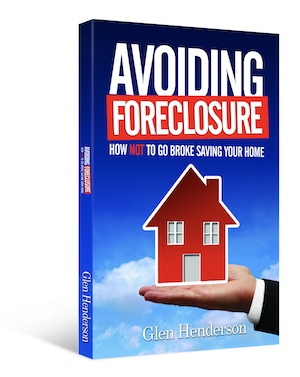Notice of Default
A notice of default is the critical and longest step in the California foreclosure process. It’s filed by the lender to let the borrower know that they are proceeding with nonjudicial foreclosure, and sets the time table for repayment if the borrower wishes to avoid foreclosure and keep the home.
In this post, we’ll explore the notice of default. What to expect when you give or get one, and how it functions to facilitate the foreclosure process.
When Can a Notice of Default Be Issued?
Notice of defaults can only be issued if two conditions have been met, according to California law: the lender must have contacted you to make an assessment of your financial situation at least 30 days prior, and the loan must currently be in default.
If these two conditions are met, the lender may issue a notice of default, starting the formal stage of the foreclosure process. The lender sends you the notice within 10 business days of making it public. You then have a 90-day period after being issued the notice of default to make good on the default.
After the borrower has 90 days with the notice of default, and fails to cure the default, the lender may issue a notice of sale that begins the trustee sale auction process.
If you are the lender in this case, you must carefully follow all the laws surrounding if and when you can issue a notice of default. Failure to do so can drag out the foreclosure process and cost you in massive legal fees and fines.
Typical Times to Receive a Notice of Default
It is the practice of many lending institutions to only issue a notice of default around 3 months after a loan is late to be paid. Some institutions will wait as long as 6 months before issuing the notice of default. Lending institutions don’t generally want loans to be defaulted on, so they allow enough time for a person to get their finances in order before moving. Everyone can have a tough month and miss payments for a couple months as things get back in order—but once payments are overdue by three months, the lending institutions usually assume that the loan has gone wrong and foreclosure will help them recover the value.
What a Notice of Default Looks Like
Notices of default contain the name and address of both the borrower and the lender, as well as the legal address of the property that is in default. The notice must also contain details on the default itself and what action must be undertaken to cure the default. The notice will also show the intentions that the lender has if the deadline is passed and the mortgage is still in default.
Email or Mail?
It is still the normal practice of lending institutions to issue a notice of default through certified mail. Email is not usually used for a notice of default. If you receive an email, call, or text about a notice of default—don’t respond through the channel of communication that was opened. It could be a phishing attempt. Instead, contact your lender as normal and ask about the status of your loan. Be especially careful if you are not expecting to be in default. Notice of default is a way that some scammers get money off of homeowners.
What to Do When You Receive a Notice of Default
Notice of default is also known as a reinstatement period, because it is the time allotted to the borrower to make good on the loan. Defaults in California give 90 days from the date that the default is issued for it to be made good. If the balance is not settled within 90 days, and the lender hasn’t made any exceptions, they are free to move to trustee’s sale to recover the value of the home.
When you receive a notice of default, the first thing you should do is contact your lender. Opening a line of communication is always good, and it gives you a chance to tell a compelling story about why you’re in default and why they should work with you to get out of default. The foreclosure process in California is time consuming and costly, and with no legal recourse to recover deficiency on a primary residence, most lenders stand to lose a bit of money that way. Instead, they would love if you’d bring your payments up to date and end the foreclosure process.
Talk to your lender and see if you can work something out. Explain your situation. Then, explore financial options for clearing the default and making good on the original mortgage.




